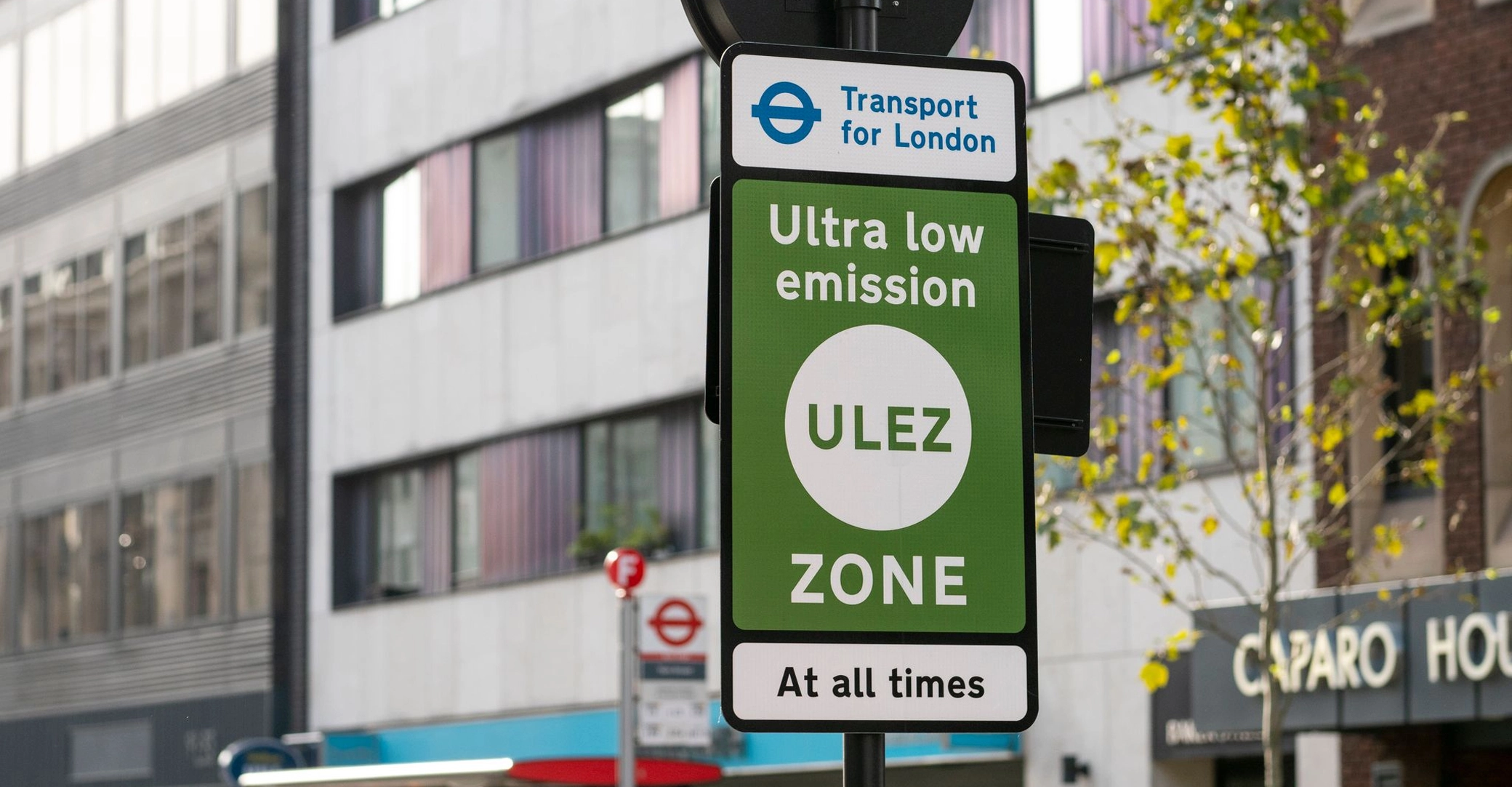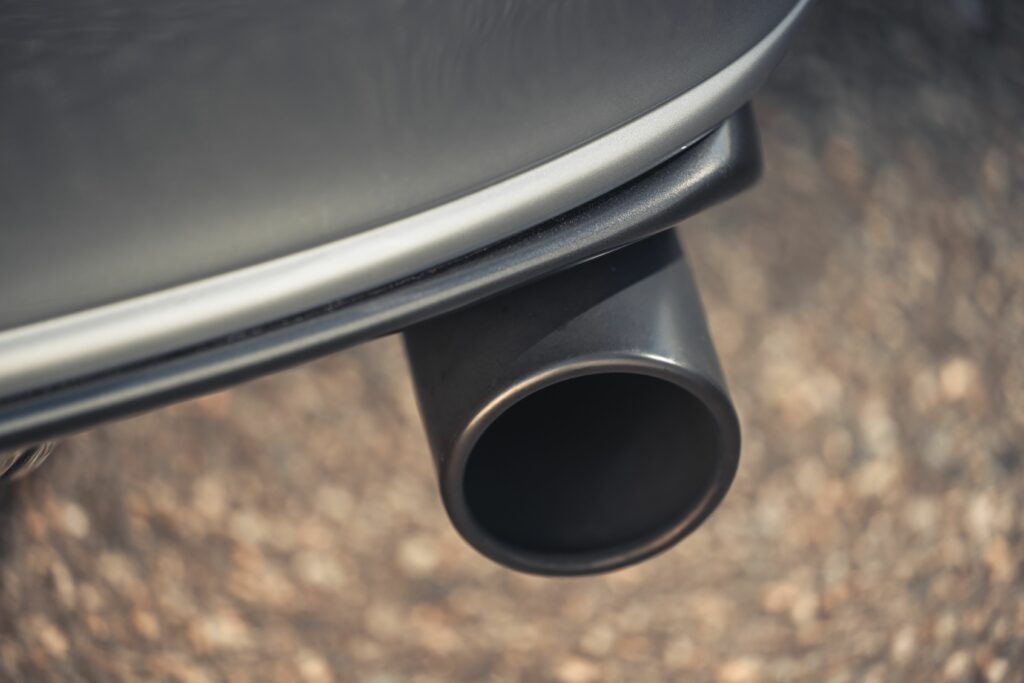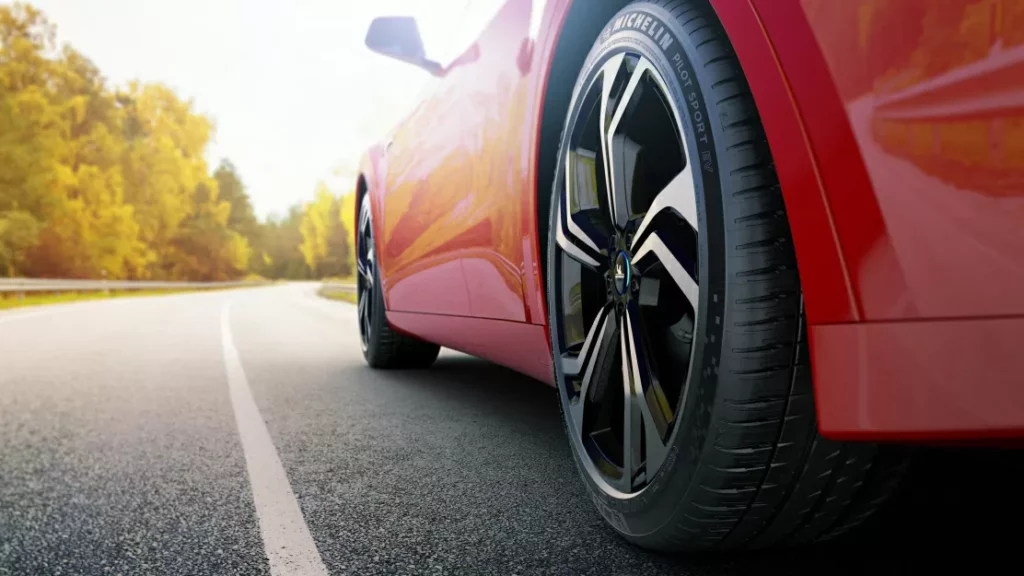S h a r e
Is an EV dirtier than a petrol or diesel car?

Posted by
Charlie Strand
January 2023
There are plenty of arguments and counter arguments at the moment about how green and less polluting electric vehicles really are compared with an internal combustion-engined (ICE) car, whether petrol or diesel.
The answer is more complicated than you might expect and it’s not simply black and white.
But one thing is clear: overall, from manufacture through vehicle lifecycle and beyond, EVs are cleaner.
But let’s have a look at the green bits, and the shades of grey in between.
No exhaust emissions
 Without doubt, EVs deliver one obvious benefit: zero exhaust emissions. Compared with even the most eco-friendly ICE vehicles, electric cars emit fewer pollutants while driving. This is a huge benefit when it comes to improving the dirty air of inner city streets. The Mayor of London says that toxic air – most of which is produced in London by road transport – is responsible for the premature death of 4000 people a year.
Without doubt, EVs deliver one obvious benefit: zero exhaust emissions. Compared with even the most eco-friendly ICE vehicles, electric cars emit fewer pollutants while driving. This is a huge benefit when it comes to improving the dirty air of inner city streets. The Mayor of London says that toxic air – most of which is produced in London by road transport – is responsible for the premature death of 4000 people a year.
Another benefit is the reduction in noise pollution – electric motors are silent (except at low speed when they must emit a sound to warn people of their presence) – compared with ICE vehicles.
But while EVs don’t produce any tailpipe emissions, there are questions about the by products electric cars use, particularly around EV charging and how the the electricity is generated
Renewable energy and charging
An EV charged via renewable energy – such as wind, wave or solar power – will have a lower carbon footprint than one using electricity from a carbon burning generation such as gas or coal. Increasingly, more of the UK’s energy resources are from renewables: in December 2022, for example, 51% of the UK’s energy came from zero carbon sources, while coal was responsible for just 2.6% of energy generation (five years ago that stood at 13%) – source National Grid ESO.
Fleet managers can minimise the overall emissions of their fleets by opting for a ‘green’ energy tariff that uses renewable sources only for on-site charging, and instructing drivers to try and utilise EV chargers on the road that use renewables. Leading brands include Gridserve, Fastned, Instavolt and the Tesla Supercharger network.
In comparison, each time an ICE car fills up with petrol or diesel it is adding to its carbon tally.
In the future, expect more Vehicle-to-Grid (V2G) technology that allows EVs to connect to the grid and provide energy at times of peak demand when it’s not required for the car, which then flows back to the car when peak demand has passed. Something beyond the scope of ICE cars.
EVs and tyre pollution
 One of the concerns aimed at EVs at the moment surrounds tyre pollution. Because electric cars are heavier, the rubber wears out faster, goes the argument. There’s no question some EVs really are heavier thanks to the weight of the battery (although more energy dense batteries are helping to alleviate this issue).
One of the concerns aimed at EVs at the moment surrounds tyre pollution. Because electric cars are heavier, the rubber wears out faster, goes the argument. There’s no question some EVs really are heavier thanks to the weight of the battery (although more energy dense batteries are helping to alleviate this issue).
But EVs are fitted with specialist tyres that take into account the greater weight – side walls are stiffer for example. The fleet manager of Centrica, which runs a large eLCV fleet says that the tyres fitted to the fleet last 40,000 miles compared with 15,000 miles for a diesel van.
EVs also create less particulate emissions when it comes to brake wear compared with ICE vehicles, because battery regeneration helps slow down the vehicle without the need to use the brakes. This both tops up the vehicle’s battery and helps to keep your alloy wheels cleaner.
EVs and manufacture
Another criticism aimed at EVs is that while they are clean in use, they are much dirtier to build in the first place. It’s all down to the fact that so much carbon dioxide (CO2) is emitted to make an electric car’s batteries. This leaves them with a significantly higher carbon footprint before they have even turned a wheel.
The raw materials in the batteries must be factored in, too. These include lithium, nickel, cobalt, copper and graphite. The growth of the EV industry is putting the spotlight on questionable mining processes – and arguably helping clean up the ethics of the industry – although there remains work to be done, particularly given the rapidly growing demand for such rare earth materials.
However, over the whole lifecycle of the car, EVs produce less carbon than ICE cars,
Volvo is one of the first car brands that really looked into this. Comparing its XC40 ICE and Recharge EV versions, the company found the electric model had lower overall lifetime CO2 emissions: 54 tonnes, rather than 58 tonnes, after 125,000 miles. However, due to materials production and refining, and the emissions involved in producing the lithium-ion batteries, the CO2 breakeven point is a hefty 52,000 miles. Until this is reached, an electric XC40 is effectively ‘dirtier’ than an ICE model.
This means fleet car drivers are arguably the perfect users for EVs. Their typically higher annual mileage will help offset the embedded CO2 of a new EV more quickly, while helping to clean up the local air wherever they are driven.
Also, high-mileage drivers don’t need to worry about any battery longevity. Most brands give an eight-year warranty on new EV batteries, while Toyota claims the battery of the new BZ4X will only decline 10 percent over 10 years or 150,000 miles.
Battery technology is also improving quickly. BMW says its Neue Klasse – a full electric 3 Series replacement unveiled at the CES show in the US and due 2025 – will use new cylindrical cells that are more energy dense, are quicker to charge and use fewer precious metals. All of which points to a further reduction in the environmental impact of EVs.
So is an EV dirtier than an ICE car?
Overall, no. As you have read, the debate goes beyond zero emissions and includes greater CO2 at point of production (although this is reducing as technology accelerates) but over a lifetime, an EV is cleaner and its battery can be flipped into second usage when it has reached the end of its usable life in a car – but more of that in a further article to follow in this series.
But more than anything, EVs have an immediate impact – and that’s in reducing local air pollutants and cleaning up city air. Something which no ICE vehicle can do.
You also might like…
If you liked this article then check out our posts about similar topics
First Drive: Why Audi’s Q4 e-Tron matters
The Company Car Sweet Spot for future-proofing your Fleet An Audi badge says professional without drifting into show-of...
First Drive: Jaecoo 7 – Range-Rover Looks on a £30k Budget
Why this newcomer matters China’s Chery Group is taking the UK by storm with a two-brand strategy: Omoda targets mains...
Good-enough lease rates aren’t good enough anymore: Introducing Multi-Bid Tendering
In a climate of persistent inflation, unpredictable tariffs and relentless cost pressure, “we’ve always done it this...
Become a Fleet Alliance business partner
I am writing to you about the opportunity to become a business partner of Fleet Alliance The commercial arrangement a...
Charting a Greener Course: Chris Rowthorn signs the Business Wales Green Growth Pledge
When seasoned automotive finance professional Chris Rowthorn left MotoNovo after more than two decades to become a Flee...
Outsourcing Your Fleet: 10 Reasons Fleet Alliance Makes Perfect Sense for Busy Fleet Managers
Running a large corporate fleet means you’re under constant pressure to hit cost, compliance, and sustainability targe...
What makes Fleet Alliance a winner in the SME fleet sector?
We all like an award, an additional trophy for the cabinet - the recognition is important and it’s always good to rece...
10 great cars to have on salary sacrifice 2025
Employers and employees are really catching on to salary sacrifice because you can drive a brand new electric car (EV) a...
Ready to make the management of your fleet more efficient?
Request a call back
